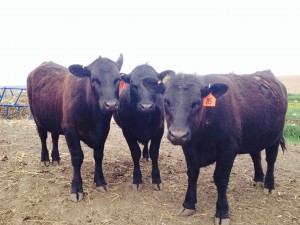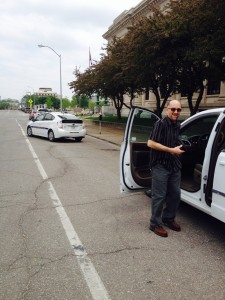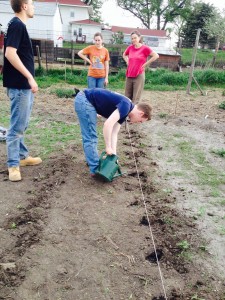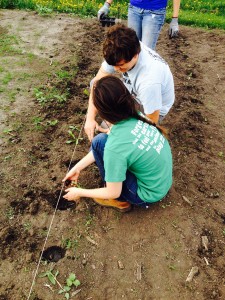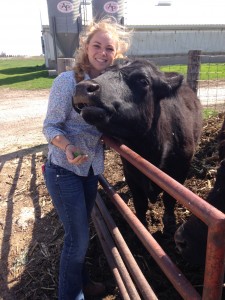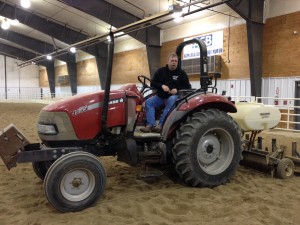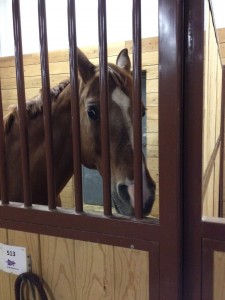The day began at the capital building where we got to meet the Lt. Governor, Kim Reynolds. Her aim was focused on the feed-the-world attitude and the pride she took in Iowa’s chart-topping production of pork, eggs, soy, and corn. She also briefly mentioned the strong relationship between Iowa and China because the Chinese buy more of Iowa’s soybeans more than any other nation. The building was beautiful inside. We visited the House and Senate chambers, as well as the fancy library.
Afterwards, we visited the Henry A. Wallace Farm House. We enjoyed a wonderful lunch followed by some gardening with Mosa. He was very knowledgable about gardening and willing to show us everything. We helped him thin out some green beans which were planted too close, and so we cut off the ones that were closer than two inches so that they had plenty of room to grow. When we finished, we walked around looking at the greenhouse and the apple, pear, apricot, and peach trees. They produced so much fruit it was mind blowing to hear the apple trees last year produced 10,000 pounds of apples. It made me want to have an apple tree in my back yard when I get a house so I can enjoy fresh apples when in season. Another interesting factor of the farm was the compost. Also, we got to finally see cover crops in action. It was a fun day in the garden all in all!

